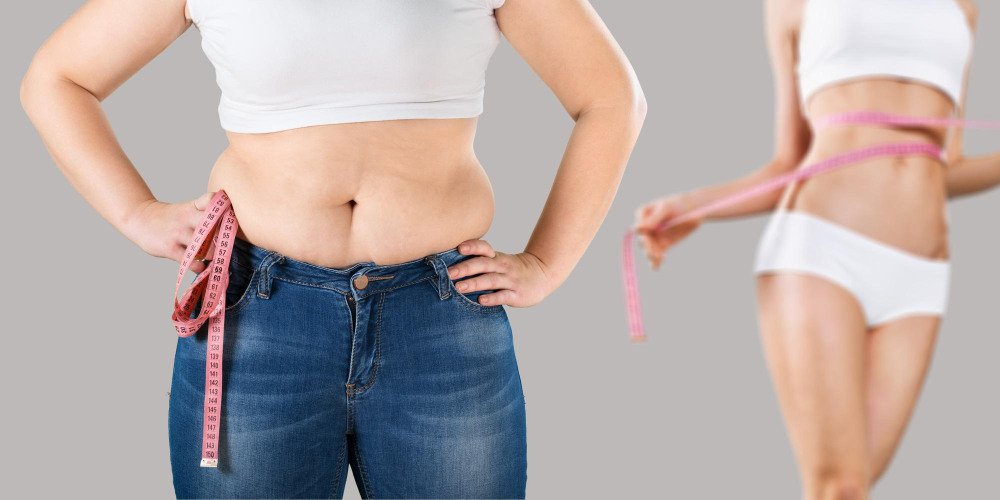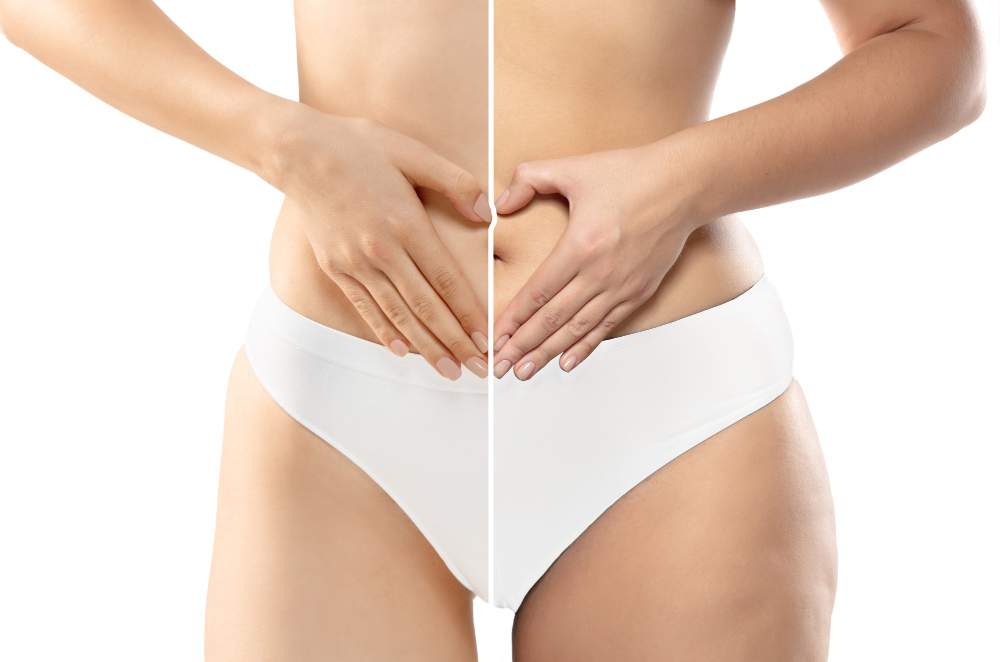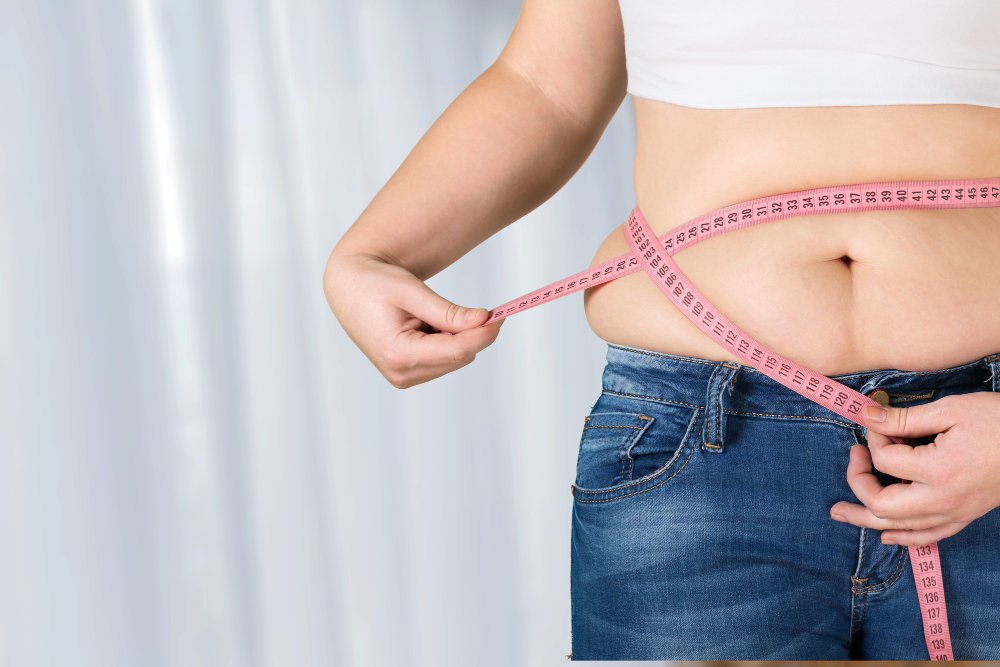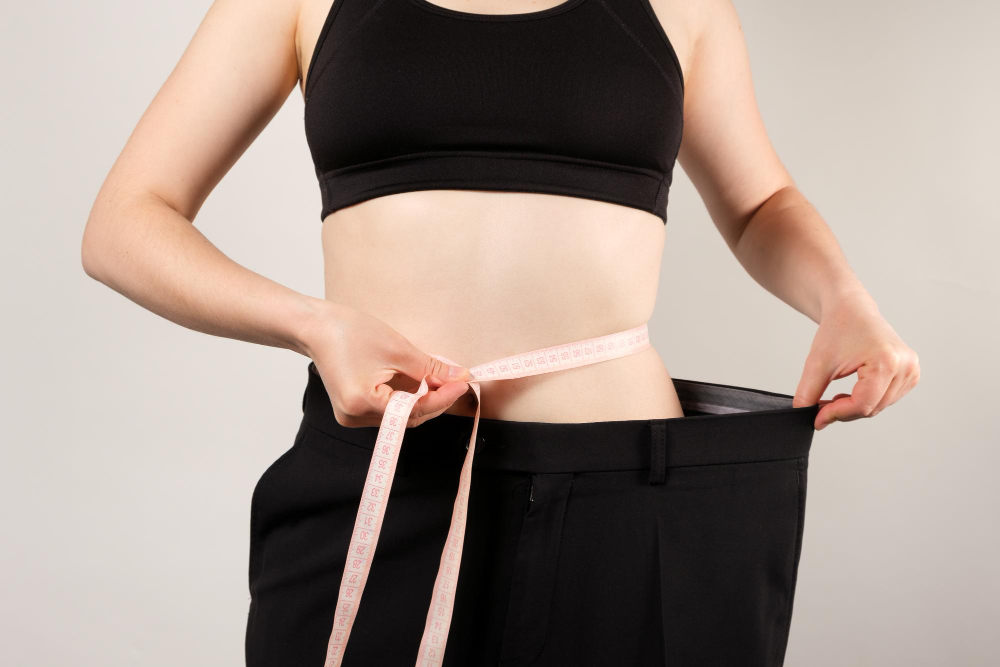Fat Grafting (Fat Transfer)
The procedure known as fat grafting, fat transfer, or fat injections involves moving fat cells from one part of the body to another. The aim of the surgery is to enhance or improve the area where the fat is injected. The process includes removing fat cells through liposuction, treating the fat, and then injecting purified fat into the area that requires enhancement.

The benefits of fat grafting
The advantages of fat grafting are:
- Instead of using an implant, it utilizes your own tissue.
- Excess fat is eliminated from an undesirable location.
- A lot of women state that after undergoing fat-graft reconstruction on their breast, they experience some sensation and the breast feels soft, similar to their unaffected breast.
Why get a fat transfer procedure?
Fat grafting is a procedure used to enhance or fill in parts of your body that lack fullness. If there are areas where you desire more volume and you have suitable fat donor regions, fat transfer might be a suitable choice for you.
These are a few advantages of fat transfer procedures:
- Redistribute unwanted fat
- Rejuvenate your hands, lips, and face
- Smooth out any indentations in the skin that may occur after a liposuction procedure or due to scarring.
- Add volume to your breast
- Add volume to your buttock
- Smooth out any contour imperfections or conceal noticeable indications of breast implants that may be visible during the process of breast reconstruction.
- Decrease your likelihood of encountering allergic reactions to external substances by utilizing adipose tissue sourced from your own body, rather than relying on dermal fillers.
- Achieve enhanced and enduring outcomes that surpass the effects of temporary fillers.
- Enhance how you perceive yourself and boost your belief in yourself.

How long do fat grafts last?
Currently, the exact amount of graft that survives and how long it lasts is not known. Within the initial months, approximately 65% of the fat is absorbed by the body. The remaining 35% tends to remain in its original position. It seems that the extent to which the body absorbs the graft and the overall duration of its effectiveness greatly rely on the specific grafting technique employed. Researchers are currently developing newer techniques to enhance the longevity of grafts. In order to achieve longer lasting outcomes, patients may undergo 3 or 4 treatments spread out over a period of 6 months to a year.
How do I prepare for fat grafting surgery?
You will be given detailed guidance on how to get ready for your procedure, including:
- Avoid herbal supplements.
- Don’t take aspirin or ibuprofen.
- Make sure to consume an ample amount of water to ensure proper hydration.
- Stop smoking.

How is the fat grafting (fat transfer) performed?
A small cannula is used to remove fat cells from the body, which are then processed into fat grafts. These fat grafts are then injected into areas with wrinkles or hollowness using a small cannula or needle. Since these fat graft cells come from your own body, they will not be rejected. While some of the transferred fat may be absorbed, fat grafts typically last longer than fillers with hyaluronic acid. As the fat grafts become part of your own tissue, they blend in seamlessly with the surrounding soft tissue and appear natural.
Fat grafting procedures in Istanbul are carried out in recognized hospitals. The duration of the procedure varies based on the extent of correction required, ranging from 30 minutes for minor adjustments to 3 hours for significant volume restoration, such as in the case of breast or buttock augmentation.
When fat grafting is done as a separate procedure, it can be carried out with the use of local anesthesia. However, if it is combined with another cosmetic surgery, such as autologous fat graft or fat transfer, and deemed necessary, it will be performed under general anesthesia.
What can I expect during my fat grafting (fat transfer) recovery?

The amount of time it takes for you to recover will be different depending on the amount of fat that is removed and the number of incision sites for the liposuction procedure. For instance, it is expected that the recovery period will be shorter if you undergo a facial fat transfer, but it will be longer if you have fat grafting to enhance your breasts or buttocks.
- Once the effects of anesthesia diminish, you might experience discomfort.
- It is probable that you will need to utilize compression garments to maintain pressure on your skin. Your surgeon will instruct you on the duration for which you should wear them, typically ranging from several weeks. Certain surgeons may provide these garments, while others will advise you on where to buy them prior to your surgery.
- There is a possibility that your surgical cuts may release fluids and continue to do so for a few days. If necessary, your surgeon may place a tube to help drain the fluid away from the wound. Before you go home, you or someone responsible for your care should feel comfortable and able to empty and reset the drainage tubes.
- In the initial week, you will experience significant swelling and bruising, which will prevent you from being able to socialize or engage in professional activities.
- By the end of the second week, the bruises will disappear, but swelling will still be present. The most notable progress in your recovery is typically seen between the seventh and tenth days, although you may still not be comfortable appearing in public during this time. If you are limited to taking only a week off from work, it is advisable to schedule your surgery in a way that allows for two complete weekends to aid in your recuperation. If possible, it is recommended to take a minimum of two weeks off for a more optimal recovery period.
- From the third week onwards, you will start to regain your usual appearance. In case you received facial injections, you can gently use makeup to hide any remaining indications of swelling or bruising.
- After the swelling goes down, you will be able to notice the outcome, although a slight swelling may still remain for several weeks.
When should I see my healthcare provider?
If you have any of the following symptoms after a fat transfer procedure, contact your plastic surgeon right away:
- A high fever.
- Dizziness that doesn’t go away.
- Excessive bleeding.
- Redness and heat at the incision site.
- Severe nausea and vomiting.
- Intense and abrupt pain that appears unexpectedly or doesn’t go away.
- Fluid leaking from your incisions.
Treatment in Türkiye:
The medical staff of surgical teams, doctors and consultants in Rehab Türk can provide the best treatment options and free consultations – by striving to keep abreast of the latest medical technologies and methods.

